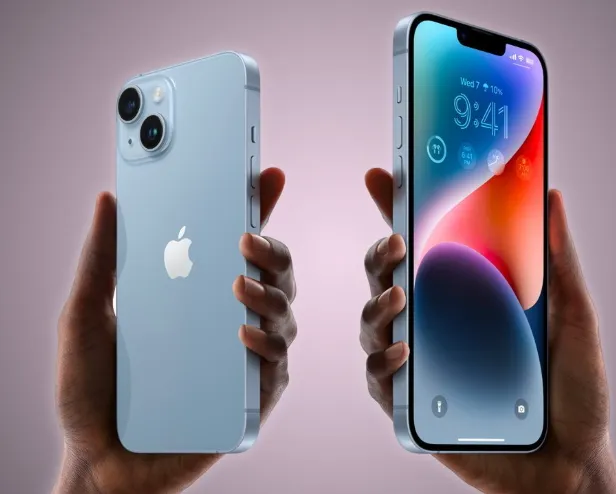A recent report has reignited discussions about Apple’s repair policies after journalist Cameron Carpenter shared his frustrating experience with a faulty iPhone. According to Carpenter, three buttons on his device stopped responding, leading him to visit an Apple Store. There, he was told repairs would cost around $700, or he could upgrade to a new phone. He chose the upgrade—but once his data was transferred, the buttons on his old device mysteriously began working again. This led him to suggest that his iPhone had only “pretended to be broken” until he purchased a replacement.
Was It a Bug or Something Bigger?
While the story sparked accusations of planned obsolescence, experts argue the situation was more likely due to overlooked troubleshooting. Apple’s official support materials recommend steps such as erasing and resetting the device, which often resolve button-related issues. Carpenter admitted he had not tried those fixes before heading to the store.
Apple’s Track Record with Older Devices
Critics of the conspiracy claims point to Apple’s history of supporting older iPhones and other hardware. Many models receive software updates for far longer than most Android competitors, which undercuts the idea that Apple deliberately designs devices to fail prematurely. Instead, analysts suggest the incident reflects a potential gap in staff guidance rather than an intentional strategy.
Why the Narrative Escalated
What could have been a simple case of missed troubleshooting quickly spiraled into a sensational story, with Carpenter linking his experience to wider global issues such as cobalt mining. Analysts caution that drawing such connections distracts from the practical reality: a basic reset might have avoided the costly upgrade altogether.
Takeaway for iPhone Users
For consumers, the lesson is straightforward. If your iPhone develops hardware quirks like unresponsive buttons, try Apple’s recommended troubleshooting steps before assuming the worst. While Apple isn’t without its flaws, its history shows long-term device support rather than deliberate sabotage. Sometimes, the simplest fix is the one that saves the most money.
